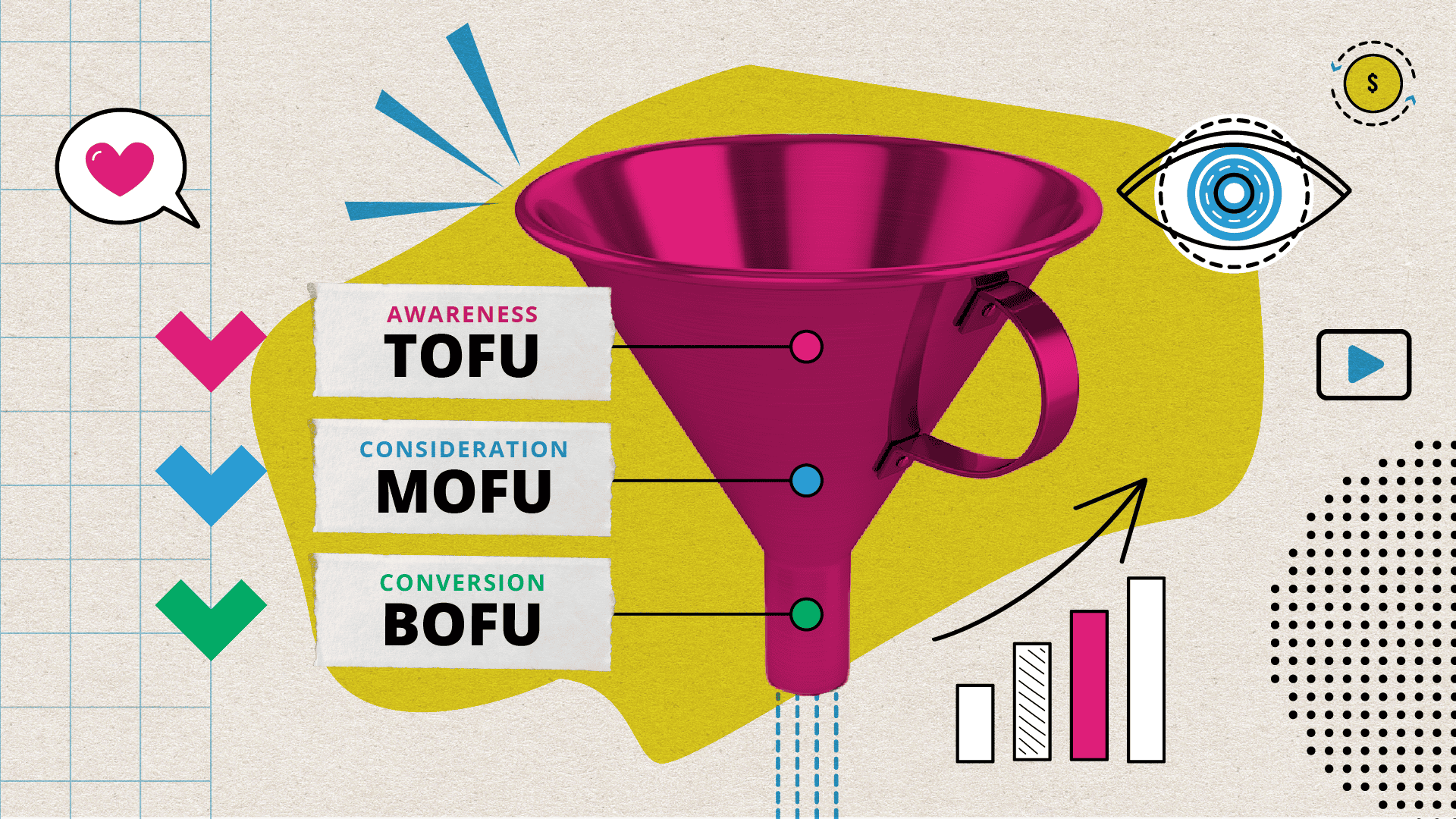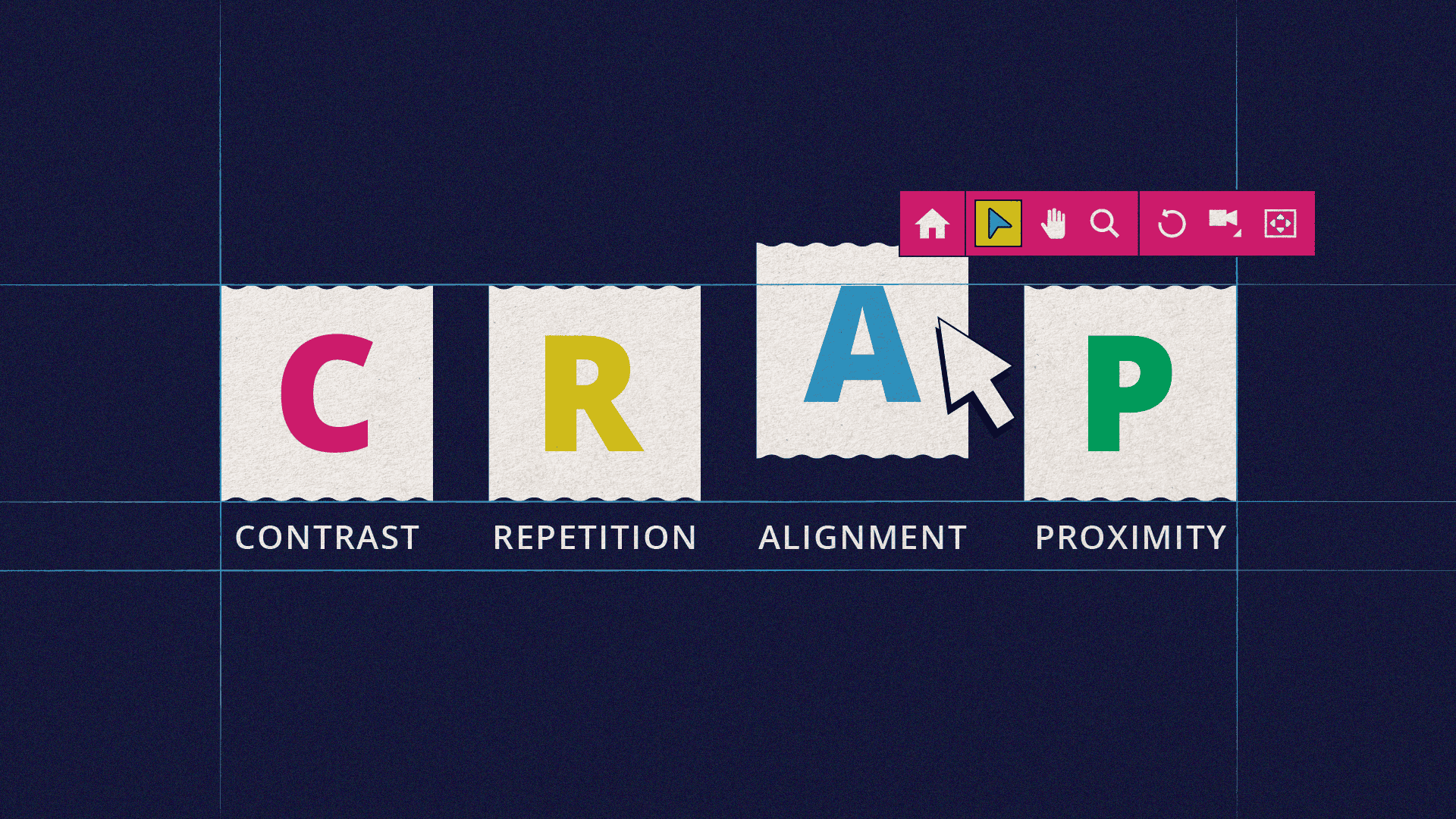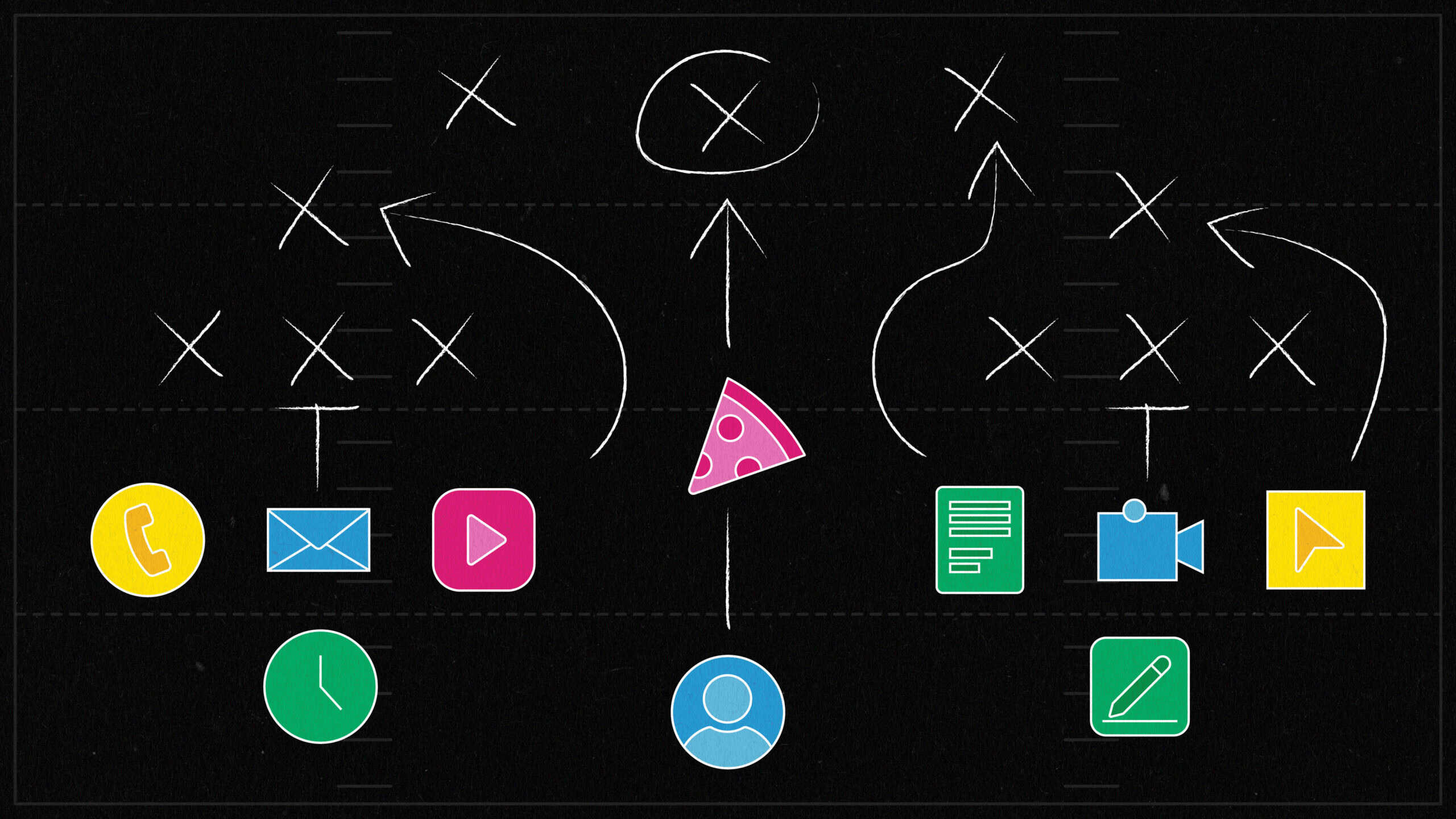Gossip (for nerds)
- Following an extremely strong quarterly earnings report, Microsoft laid off 3% of its workforce in mid-May—about 6,000 workers (with a focus on managers)—to accommodate its AI investments. Nearly two-thirds of those employees were based in Washington state. The company’s stock has since reached a near-record high.
- For years, AWS was trying to build out a 5G network so its customers could have private mobile networks, but the pursuit has been officially abandoned.
- A Microsoft software engineer interrupted Satya Nadella during his Build keynote to protest Microsoft’s AI, software, and cloud sales to the Israeli military, the first of several outbursts on the subject during Build. The employee was fired and Microsoft has blocked any emails using words like “Palestine,” “genocide,” and “Gaza.” Microsoft claimed that while it did indeed provide IDF with AI software for war, it can’t confirm its tech is being used to kill Palestinians because IDF will not disclose details. CNBC reports that tech companies are increasing security at events after a similar protest occurred at Google I/O because of Project Nimbus.
- The AWS Summit in DC on June 10 and 11 saw AWS folks rubbing elbows with policymakers and other government leaders. AWS maintained its focus on generative AI, but the government is still working on a secure and sovereign cloud infrastructure.
- If you don’t know what “AI washing” is, you should. A great example is Builder.ai, a Microsoft-backed startup that claimed AI could build your app. But the “AI chatbots” that customers thought they were interacting with to build apps were actually human developers in India.
- The CEO of Microsoft’s AI division plans to win over Gen Z by having AI tools emotionally connect with the generation by acting as “life advisors.”
- Even though it seems like Microsoft is moving toward using agents to replace the professionals who created agents in the first place, Azure’s CTO says not to worry, AI can’t replace human coders for complex software projects.
Wheelin’ and dealin’
- Microsoft is launching a startup with oil and gas giant BP called GridFree AI. It will help businesses rapidly build and power datacenters with a modular power foundry that uses gasoline, battery storage, and cooling.
- SAP and AWS are launching an AI co-innovation program to help businesses embed generative AI into their ERPs using cloud credits and technical resources.
- Pepsi, the lesser of the two leading colas, is putting its deep inferiority to Coca-Cola aside to focus on bringing agentic AI to its operations with AWS. The technology will address everything from supply chain optimization to personalized customer experiences.
- Elon Musk and Microsoft just got a whole lot closer. The cloud giant has added Musk’s xAI’s Grok 3 model to the Azure AI Foundry platform. Also new to the Azure AI Foundry is Sora, an AI-powered text-to-video generation model that may or may not be in the same ballpark as Google’s Veo 3. Sora has also been integrated into Bing, but nobody noticed—and you know why.
- Boomi signed a new partnership with AWS to help joint customers speed up SAP migrations and build AI agents for use cases across business.
- Microsoft will rank various AI models by safety in an effort to build trust with customers using three metrics: quality, cost, and throughput.
- Crowdstrike, Palo Alto Networks, Google, and Microsoft are joining together to create a taxonomy for threat groups, which will reduce complications associated with intelligence sharing.
Professional pivots
Databricks has hired Stephen Orban, formerly VP of the marketplaces at AWS and Google, to build out its partnerships and marketplace. And the general manager of quantum technologies at AWS has taken a leap to Google as a Distinguished Engineer.
World domination
- Saudi Arabia created a company called HUMAIN so it could partner with AWS to accelerate AI adoption in the country by building an “AI Zone.” AWS is investing $5.3B in Saudi Arabia. Taiwan will see a $5B AWS investment on datacenters and Chile gets $4B. In the US, AWS will create 500 new jobs following its $10B investment in a North Carolina datacenter to power AI. It will also invest $20B in Pennsylvania. However, AWS has hit pause on plans for a datacenter in Minnesota because the governor doesn’t want to give one of the world’s richest companies a tax break or fast-track permitting.
- Microsoft didn’t make the delivery deadline for its special Azure version for the European Union, the proposed solution to an antitrust dispute. Which company made the deadline? AWS. The AWS EU Sovereign Cloud will launch this year in Germany, which one can safely assume gives it a huge advantage over Azure in the region. The effort cost €7.8B.
- Switzerland will gain a $400M investment from Microsoft to expand and upgrade two datacenters.
New stuff
- At Build 2025, Microsoft announced Agent Service as part of its AI Foundry. It allows users to design, deploy, and scale production-grade agents. This is connected to the company’s strategy to improve agent memories so they can work better together. Also in agent news, Microsoft will add an intelligent coding agent backed by Anthropic to its GitHub service.
- AWS Transform is now generally available. It uses AI agents to migrate and modernize infrastructure, applications, and code.
- Here are eight announcements from Google I/O that impressed an AI expert. Now you don’t have to clean up your inbox, shop for things you need, or have conversations using your own face and body. Up next: Google Lungs, because why breathe?
- Anthropic’s newest Claude 4 models are now available in Amazon Bedrock so teams can do “hours of work in minutes.”
- Microsoft Discovery, which uses AI agents that are specifically designed to help scientists and engineers, will accelerate research—and already has. It discovered a new coolant chemical in 200 hours, which Microsoft said could have taken years otherwise.
- Beyond bringing more chemicals into the world, Microsoft has a cancer-care management agent. It’s an agent orchestrator, which is a system that allows multiple agents to work together.
- In fact, Microsoft loves agents so much it created a separate Agent Store marketplace, which serves both technical and non-technical users.
Ma’am, I’m going to have to call security
AWS earned a new certification from the US Department of Defense so it can do more cybersecurity work for the military.








